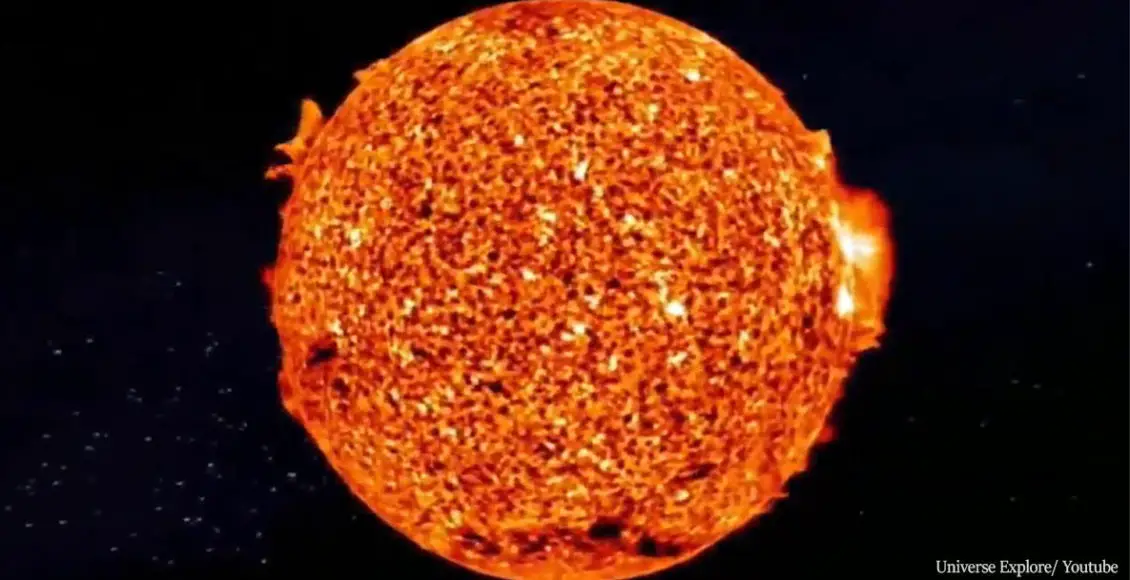What is a Solar minimum?
Although the sun appears to be the same every day, experienced astronomers have long discovered it actually does change. Every 11 years the sun goes through regular intervals, including energetic peaks of activity, followed by low points. Currently, the star in the center of the Solar System is experiencing a Solar minimum.
During the Solar minimum, sunspots, dark patches on the surface of the sun, fade away, bringing a period of relative calm, as NASA Science reveals. This is not unusual for the Sun’s 11-year cycle. Intense activity such as sunspots and solar flares subside during solar minimum. However, the sun doesn’t become dull. Its activity simply changes form.
According to NASA Climate, the current solar cycle began at the beginning of 2008, and would probably reach its lowest level of sunspot activity sometime between now and late 2020.
Does the Solar minimum play a significant role in Earth’s climate?
As Goddard Institute for Space Studies (GISS) NASA, states, during the solar cycles ‘there is a small change in the total solar irradiance accompanying shifts from solar maximum conditions (with many sunspots) to solar minimum(with, basically, none)’. Moreover, there is a more consequential change in the ultraviolet (UV) portion of the solar spectrum, with direct impacts primarily in the stratosphere (above ~10km).
However, even though the effect of these changes on our temperature record has been noted by some researchers, it appears to be ‘small’. Warming from increased levels of human-produced greenhouse gases is many times stronger than any effects due to recent variations in solar activity, as NASA Climate reports. They add:
“Since 1750, the warming driven by greenhouse gases coming from the human burning of fossil fuels is over 50 times greater than the slight extra warming coming from the Sun itself over that same time interval.”
The Sun goes through regular cycles of high & low activity. This cycle affects the frequency of space weather events, but it doesn't have a major effect on Earth's climate — even an extended minimum wouldn't have a significant effect on global temperature. https://t.co/t2Fw58ZBVt
— NASA Sun & Space (@NASASun) May 18, 2020
Would the Solar minimum cause massive earthquakes?
According to the United States Geological Survey(USGS), ‘it has never been demonstrated that there is a causal relationship between space weather and earthquakes’.
Indeed, during the Dalton Minimum between 1790 and 1830, there was an earthquake activity. In 1815, the volcanic eruption at Mount Tambora in Indonesia killed over 71,000 people. It led to ‘The Year Without a Summer’ in 1816 when there was snow in July. However, these changes in the climate were not caused by solar activity. They were a result of the effects of the Mount Tambora eruption.
In 2013, Jeffrey J. Love and Jeremy N. Thomas found there was no link between solar activity and earthquakes. The study published in the American Geophysical Union(AGU) states:
“Across a range of earthquake magnitude thresholds, we find no consistent and statistically significant distributional differences. We also introduce time lags between the solar‐terrestrial variables and the number of earthquakes, but again no statistically significant distributional difference is found.”
Would there be a ‘Grand Minimum’?
While the sun has entered a solar minimum, it is currently experiencing a low level of sunspot activity. But does it mean it’s heading towards a ‘grand minimum’?
As NASA Climate notes, during a grand minimum, solar magnetism diminishes, sunspots appear infrequently and less ultraviolet radiation reaches Earth. This periodic solar event can last several decades to centuries.
However, its effect on global warming remains questionable. NASA Climate points out several studies that have looked at the effects that another grand minimum might have on global surface temperatures. They suggest that while it might cool the planet as much as 0.3 degrees C, this would, at best, slow down (but not reverse) human-caused global warming.
Furthermore, they state that a grand minimum ‘would only briefly and minimally offset human-caused warming’. Therefore, the current solar minimum will not play a significant role in Earth’s climate.
Previously, this article was published by the title “The Sun Is Under A ‘Lockdown’ Period: Freezing Weather, Famine, And Earthquakes May Hit”. It stated that the current solar minimum ‘may lead to freezing weather, earthquakes, and even famine’. However, this information appears to be misleading.
We have now corrected the content of the article. We extend our sincerest apologies for previously publishing incorrect data.



